Five Pest-Eating Predatory Insects to Know and Love
Know before you squish — the bugs in your garden just might be helpful predatory insects! Some of these garden friends might look or even act a bit alarming, but ultimately they’re well worth having around. Once you know the difference between predatory insects and the herbivores that eat your plants, you’ll be able to show your local predators some love while enticing them to stick around. Let’s start with five of the predators you’re most likely to see.
1. LADYBUGS
Know them: Ladybugs are the most notorious predatory insects around. They're famous for eating aphids, but most gardeners only recognize them as adults. While the alligator-like larva may be less cute, they are even more voracious. These growing adolescents can eat hundreds of aphids (along with mites, scale, and any other small pests they find) each day. And while buying and releasing adult ladybugs is an option in a pinch, setting up the right conditions for a self-sustaining population is going to be a lot more helpful in the long run.
Love them: To attract ladybugs, consider being patient with small aphid outbreaks. You could even plant aphid favorites like nasturtiums as a sacrifice to the ladybugs’ favorite food. You can also plant flowers with large, flat “landing pads” because ladybugs supplement their diet with pollen from these plants. Some favorite ladybug flowers include cosmos, parsley, and yarrow. Providing a cozy spot to overwinter, such as a wood pile or a stack of bricks, will encourage your ladybugs to stick around year after year.
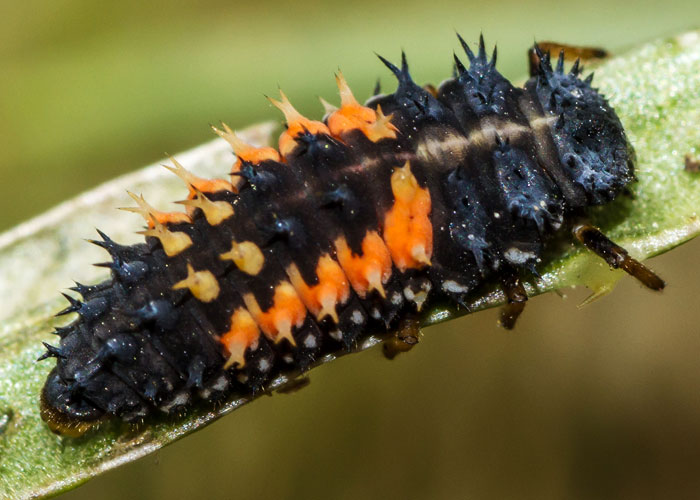
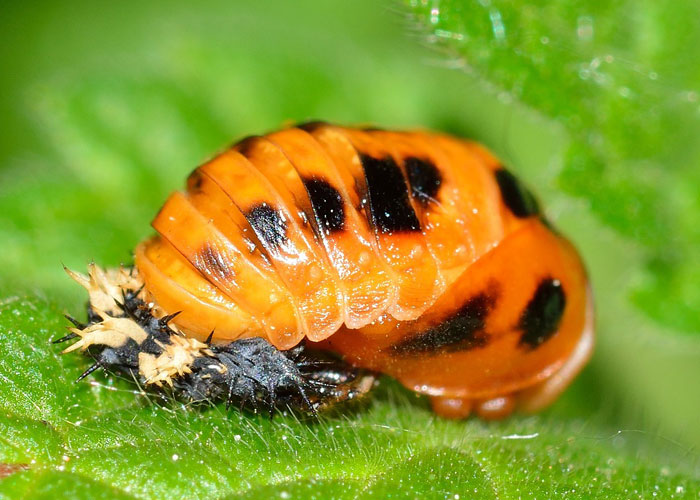
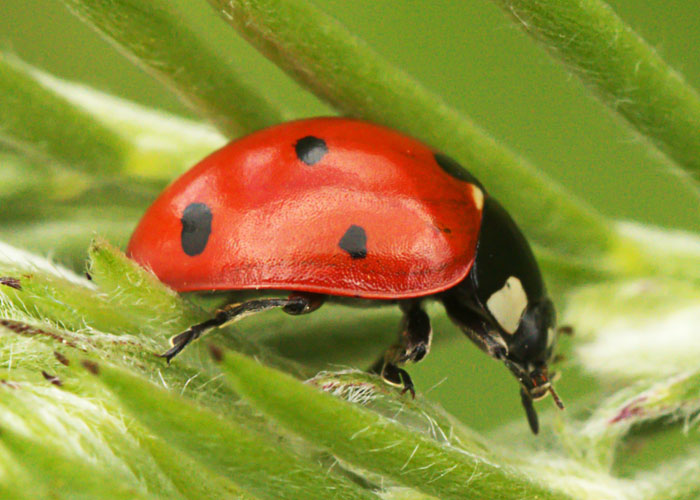
2. HOVERFLIES
Know them: Hoverflies, also known as syrphid flies or flower flies, are underrated garden heroes. They are sometimes mistaken for bees because of their black and yellow stripes, but the adult flies are unmistakable if you watch the way they move. They often hover in place over flowers, and they can even fly backwards! The adult flies eat nectar and are effective pollinators, but it’s the larvae that help control pests. Adults lay their eggs near aphid colonies, and when the worm-like babies emerge, they immediately start eating. A large enough hoverfly population can eliminate the need for any human intervention. The larvae will also eat any other soft-bodied pests they can get their jaws on.
Love them: Take a careful look before you spray for aphids. Don’t spray anything on an aphid colony — not even organic sprays like insecticidal soap — if you see oval-shaped eggs or small, brownish-green worms nearby. The larvae will control the aphids more effectively than any spray, and they’re much longer-acting. To attract the adult flies, plant their favorite flowers. Since they don’t have a proboscis, they like simple flowers with easy-access nectar. Try marigolds, cilantro, and alyssum.
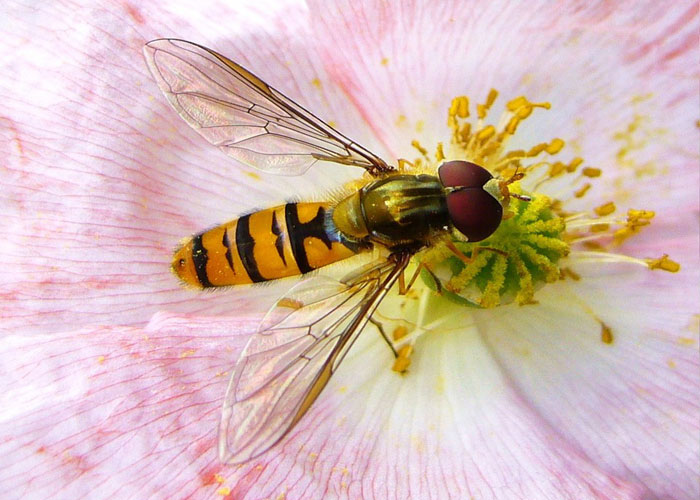
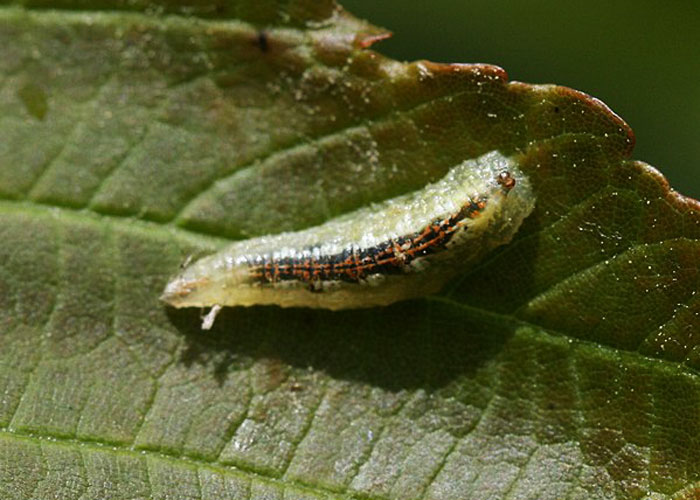
3. GREEN LACEWINGS
Know them: Adult lacewings are quite pretty, with slender green bodies and gossamer wings.The larvae have quite a different character. Sometimes called “aphid lions” because of their fearsome appearance and voracious appetites, they can each consume hundreds of aphids by the time they reach adulthood. Like hoverflies, lacewings like to lay their eggs near aphid colonies to supply their youngsters with a reliable food source. They also eat just about any other soft-bodied pest, including cabbage moth caterpillars.
Love them: Like ladybugs and hoverflies, adult lacewings depend on flowers for food. They even have some of the same favorites, namely plants in the aster and parsley families. Lacewings also appreciate tall grasses and dense shrubs. When they’re seeking out places to lay their eggs, they rely on the sweet smell of honeydew that aphids secrete. You can boost the signal by spritzing aphid-infested plants with sugar-water. They’re most active in the evening, so that’s the best time to entice them.
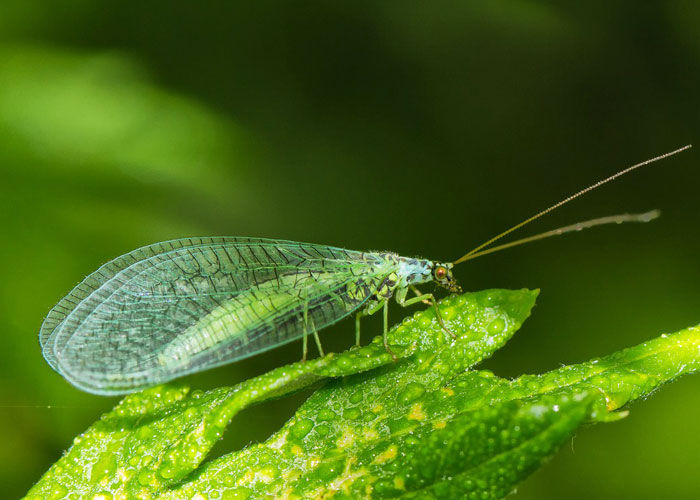
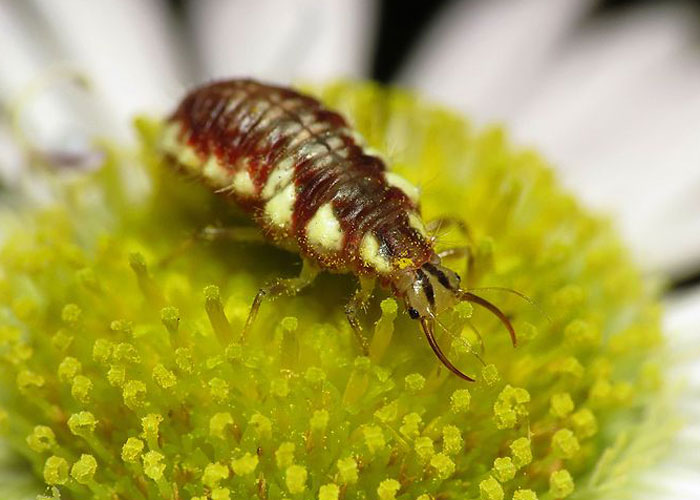
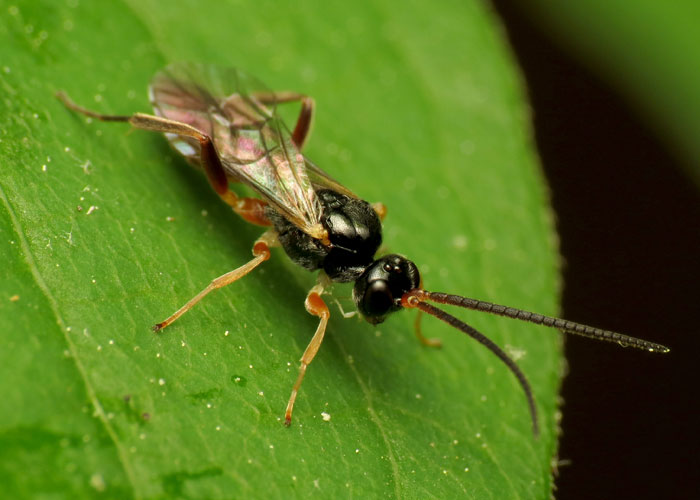
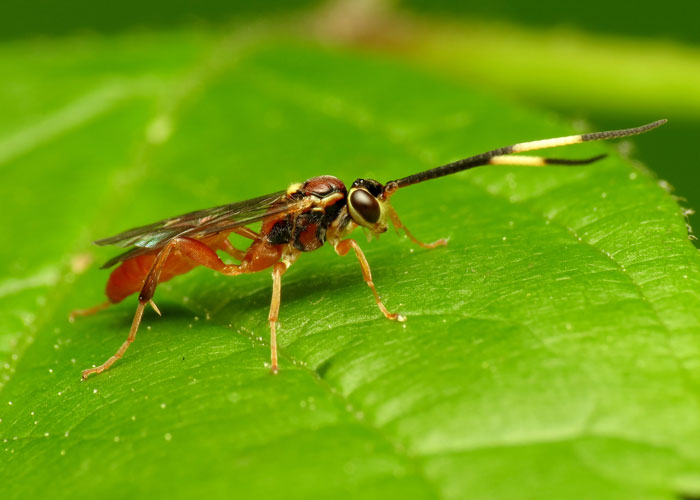
4. PARASITIC WASPS
Know them: These tiny wasps are pretty hard to spot, but you might see their calling-cards if you look closely at an aphid colony. The adults lay their eggs directly into living aphids. When the larvae emerge, they eat the aphids from the inside out and leave behind a hollow, crispy shell called a mummy.
Love them: Check for mummies before spraying aphid colonies. Once the local wasp-moms have found an aphid colony, there’s probably no need for you to intervene. Some of the still-living aphids may already be infested with parasite eggs, and others likely will be before long. The adult wasps don’t ask for much. Just make sure you plant diverse flowers so they have plenty of nectar to snack on.
5. GROUND BEETLES
Know them: If you’ve spent more than a few afternoons in a garden, you have probably seen these show-offs. They are up to an inch long, glossy black with an iridescent sheen, and scary-quick at running for cover. You’ve probably seen their larvae too, but you might have mistaken them for millipedes. While they’re similarly long and segmented, ground beetle larvae have only six legs, all situated towards the front, and rather intimidating pincer-like mouthparts. Both the larvae and the adults are excellent friends to have around. They eat just about any pest that lives near or in the soil, from cutworms to slugs.
Love them: It’s not hard to keep ground beetles happy. Really, all they want is a little peace and quiet. Providing a thick layer of mulch, disturbing the ground as little as possible, and leaving at least some parts of your yard a little wild will provide them with plenty of habitat. If you’d like to take an extra step and provide them a refuge tailor-made for them, you can plant a “beetle bank with tall perennial grasses and native wildflowers.
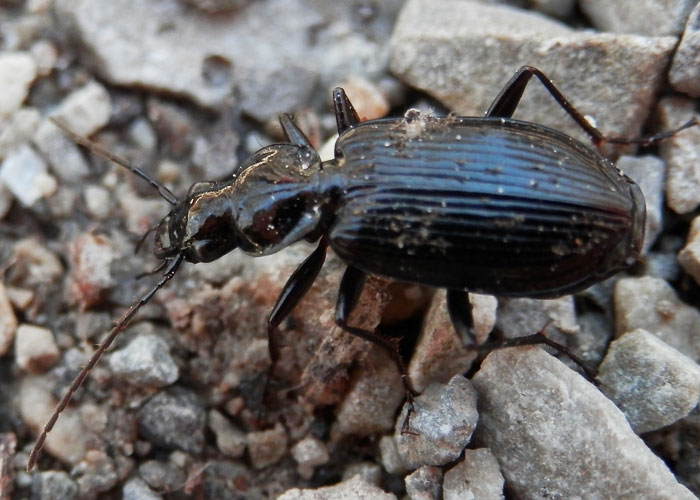

Working with nature, even if its the creepy-crawly kind, is often the best way to garden. It saves time and energy, and contributes to a healthier, more balanced environment. We hope you will use this knowledge in your own garden, and keep in mind how many garden friends there are to help you out.
These predatory insects are just a few of the amazing miniature heroes that wander our gardens everyday. Keep an eye out for future posts on "detritivores" that turn garden waste into valuable compost, and a peek at the Pacific Northwest's astounding diversity of native pollinators.
